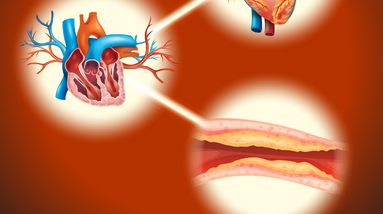
A cardiac stent is a small, mesh-like tube that is inserted into a narrowed or blocked coronary artery in the heart to improve blood flow to the heart muscle. The stent is typically made of metal and is placed into the artery during a minimally invasive procedure called percutaneous coronary intervention (PCI).
During PCI, a catheter is inserted into a blood vessel, typically in the groin, and guided to the blocked coronary artery. A small balloon attached to the catheter is inflated to open up the artery, and a stent is then inserted to help keep the artery open. The stent is then permanently placed in the artery to help improve blood flow to the heart.
Cardiac stents are used to treat a variety of heart conditions, including angina, acute coronary syndrome, and heart attack. They can also be used to treat narrowings or blockages in the arteries of the legs or other parts of the body.
Cardiac stents are generally considered safe and effective, with a high success rate in improving blood flow to the heart and reducing symptoms. However, there are some risks and potential complications associated with the procedure, including bleeding, infection, allergic reaction to the contrast agent used during the procedure, and re-narrowing or blockage of the stent. The benefits and risks of cardiac stents should be carefully considered and discussed with a healthcare provider.